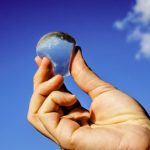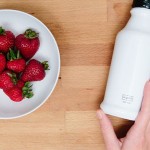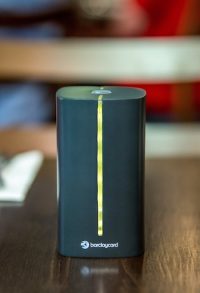MIT gives pesticides an electric charge to improve stickiness
There are plenty of problems with pesticides — making bees dumb, anyone? — but the biggest is probably how much is wasted while it’s being sprayed onto crops. Because of how certain leaves naturally repel water, it means that hardly any anti-bug treatments actually, you know, stick to them. In fact, only two percent of the spray stays in place, according to MIT News. So, to change that, a team of researchers have devised a way to increase the amount of liquid a leaf’s surface retains.
It involves dividing a given spray into two portions and adding a different polymer to each. One polymer gives one half of the spray a positive electric charge, while another gives the opposite half a negative electric charge. When they meet on the surface of a leaf, they form what MIT calls a “water attracting defect” that causes the spray to collect and stick to the plant.
The resulting bump in efficiency could be massive. Researchers say this method could reduce overall pesticide use by 90 percent. Benefits of that include lower pesticide costs (naturally), a decrease in ground-water pollution and the amount of chemicals farmers are exposed to during application. What’s more, MIT says that the polymers are “extracted from low-cost materials that could be produced locally.”
Apparently, this wouldn’t require much in terms of investment for farmers, nor would it change their workflow. From here, the team will carry out tests on small farms in India over the next year to see how the experiment works outside of the lab. MIT News says that the same approach could be used to prevent frost damage to citrus crops in Florida as well.
(22)















